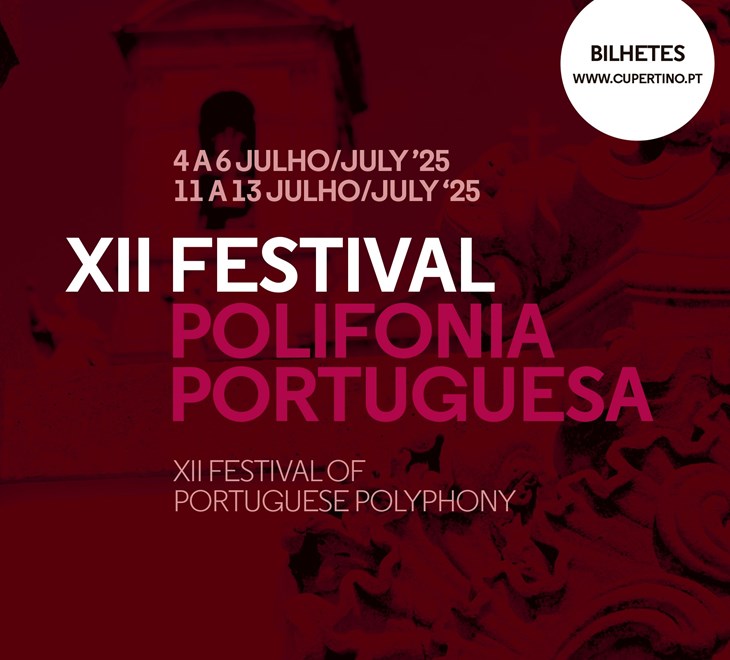
XII FESTIVAL OF PORTUGUESE POLYPHONY
From the 4th to the 6th – 12th to 14th of July 2025 | July 2025
Over six concerts, the 12th Festival of Portuguese Polyphony reaffirms its commitment to celebrating and promoting the Portuguese musical heritage of the 16th and 17th centuries — a body of work of exceptional historical and artistic value. Cupertinos will perform in distinguished heritage venues in Braga, Porto, Coimbra and Vila Nova de Famalicão, returning these masterpieces to the very architectural and acoustic spaces for which they were originally conceived.
Through the performance of this repertoire — drawn from many of Portugal’s most important Renaissance composers — the 12th Festival of Portuguese Polyphony aspires to offer audiences not only aesthetic pleasure but also a deeper historical and musicological insight. In doing so, it highlights the artistic, educational and institutional networks that, between Évora, Lisbon, Coimbra and the wider Iberian Peninsula, gave rise to one of the richest and most remarkable chapters in Portuguese musical history.
Concerts
July 4 – Basilica of the Sanctuary of Bom Jesus do Monte, Braga – 9:30 PM
July 5 – Church of Santa Cruz of Coimbra, Coimbra - 7:00 PM
July 6 – Church of Santa Clara, Porto – 7:00 PM
July 11 – Church of São Lourenço (Grilos), Porto – 7:00 PM
July 12 – Basilica of the Congregados, Braga – 7:00 PM
July 13 – Monastery Church of Santa Maria de Landim, Vila Nova de Famalicão – 5:00 PM


